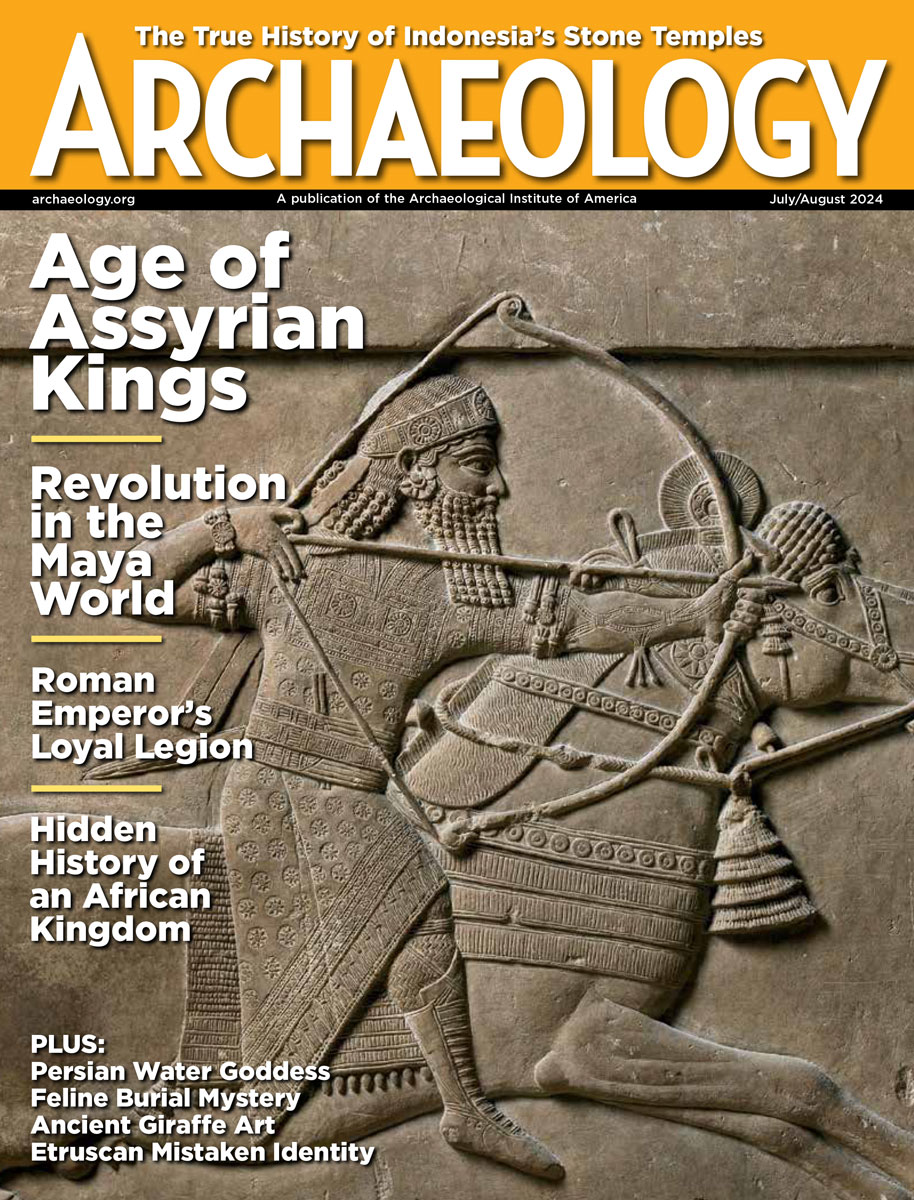Wednesday, January 7
January 7, 2009
A reproduction of a robe worn by China’s Emperor Wan Li when he went hunting was presented to the museum at the Ding Mausoleum. The original sixteenth-century robe was discovered in 1958, but it has disintegrated.
Thieves broke into the Trombley Centre House Museum in Bay City, Michigan, and stole a reproduction copper tea kettle and mug, and other metal objects. “I figured it was just a matter of time, especially given our economic circumstances,” said Ron Bloomfield, chief historian for the Bay County Historical Society. Â
A study of warfare among the people of New Guinea has provided possible insight into the Greenwood Village earthworks in northeastern Ohio. It had been thought that the monument’s ditches were ceremonial, but they may have prevented attackers from making a quick escape. Â
The head of archaeology at Rome’s city council, Umberto Broccoli, is moving forward with his plan to stage gladiator battles at the Colosseum. But not all are happy with his idea. “After all we are not talking of Hollywood myths, we are talking of slaves sent to die just to entertain the Romans,” said Giulia Rodano, the Lazio region cultural councilor. Â
Conservative magazine NewsMax has highlighted Heather Pringle’s article in the January issue of ARCHAEOLOGY. Pringle spoke with Army archaeologist Michael Trimble about his excavation of mass graves of Kurds killed by Saddam Hussein’s forces.
- Comments Off on Wednesday, January 7
Tuesday, January 6
January 6, 2009
A natural gas well could be drilled in Aztec Ruins National Monument in New Mexico, adjacent to the North Ruins. This information was released by Public Employees for Environmental Responsibility, from an internal Interior Department document. Â
In 2004, archaeologists recovered a mummified body from a private home that they suspected had been looted from the historic Fort Craig cemetery in New Mexico. Then they tried to find enough evidence to convict the perpetrators.  Look for more on this story in the March/April issue of ARCHAEOLOGY.
Archaeologists from the Australian National Maritime Museum think they have found the wreck of HM Colonial Schooner Mermaid on the Great Barrier Reef. The ship sank on June 13, 1829, on a voyage from Sydney to northern Australia.  Here’s a photograph of the ship’s anchor. Â
Scholars are rethinking their reasons why the ancient people of Nazca, Peru, might have collected trophy heads. Here’s another article on the study of 16 heads and 13 mummified bodies that are held at Chicago’s Field Museum.  Â
Special Correspondent Elizabeth Moore of the Richmond Times-Dispatch investigated what kinds of toys American Indians might have had in the days before European settlement. Â
National Geographic News has more information on the theory that microscopic diamonds in the soil mark the impact of comets or meteorites that triggered climate change and extinctions 12,900 years ago.
- Comments Off on Tuesday, January 6









